How Building Design Can Enhance the Student Rec Center
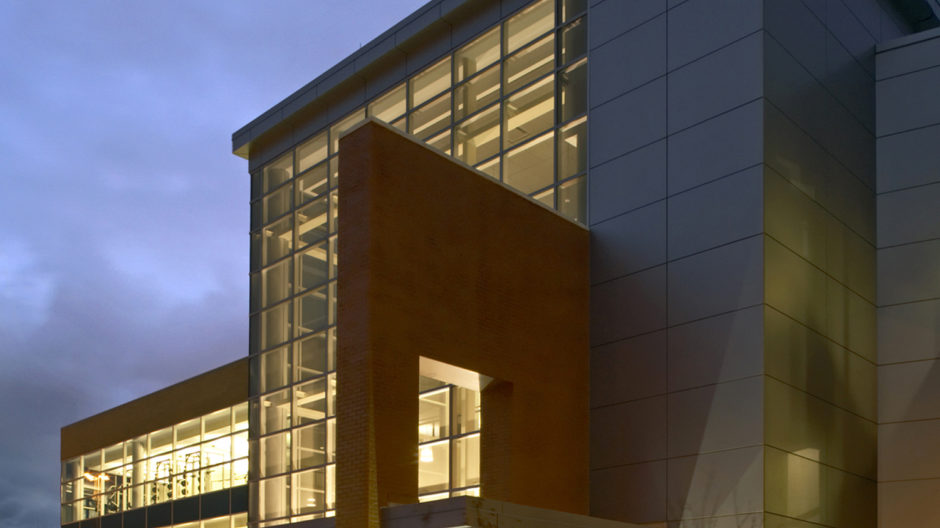
Prospective students place an increasing importance on collegiate facilities during their decision-making process. The Campus Rec Center is one of the facilities that students like to tour and get a sense of what it will offer to enhance their student life experience.
Not only do Rec Centers play an important role in the initial student recruitment process, they also play a key role in student’s total health and wellness, and success. It is expected that future generations will continue the trend of increased awareness of active healthy lifestyles.
Facility design continues to evolve just as much as the students desired approach to total wellness has evolved and will continue to evolve. Building design can be influential in creating a welcoming and inspirational environment for students.
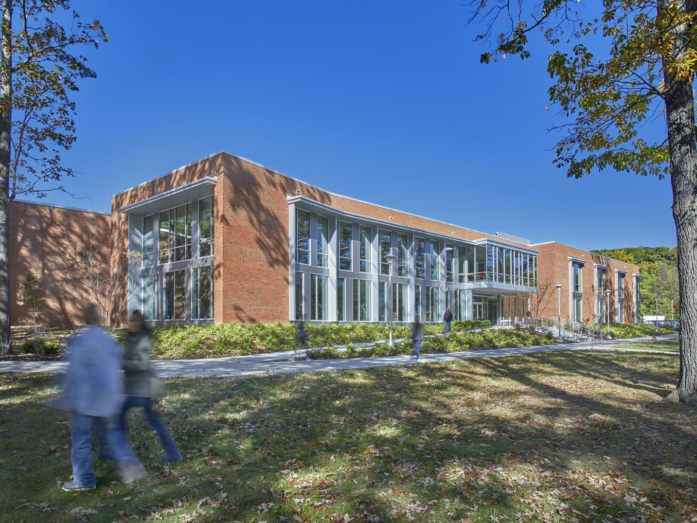
figure 1 | Extensive glazing provides a visual connection between the passersby and users. It connects the user with the outside environment, encouraging, inspiring, and motivating those at all fitness levels and showcases activity within the building to the passerby.
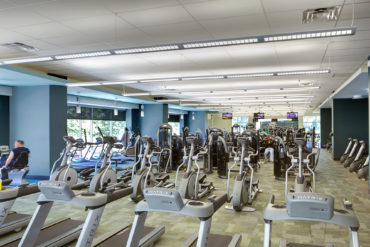
figure 2 | Natural light can be extended into the building, creating a transparency that facilitates interaction between the building, it’s users, and the surrounding environment.
Exterior glass provides students passing by the opportunity to view in and become aware of the activity happening within the building. Glass creates light filled interior spaces culminating in an open, airy, and inviting environment. Views to outdoor activity makes participating in indoor exercise much more enjoyable.
Openness within the building, creates views to multiple spaces and energizes the facility. Interior design opportunities include floor plans that promote openness within the building. Not having to walk down long corridors of concrete block walls and peak into rooms through a small window in a door helps bring the building to life.
There are strategies within existing building codes that can be implemented to permit building spaces to be wide open to one another, including gymnasiums. Rec Centers can include many different types of programs for recreation and many times athletics. It takes many different types of spaces to accommodate all the programs.
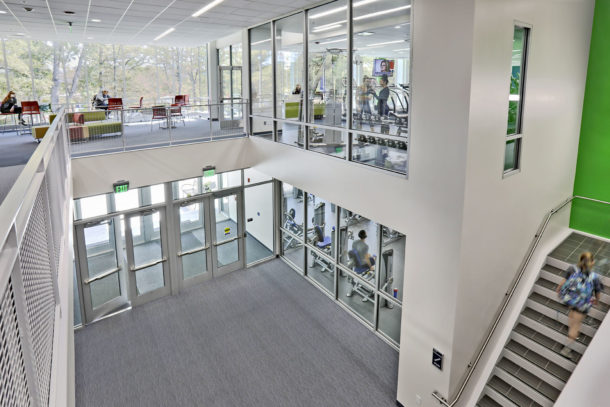
figure 3 | The lobby of an open concept (glass and two-story volume) allows the user to see and hear the activity taking place in the building.
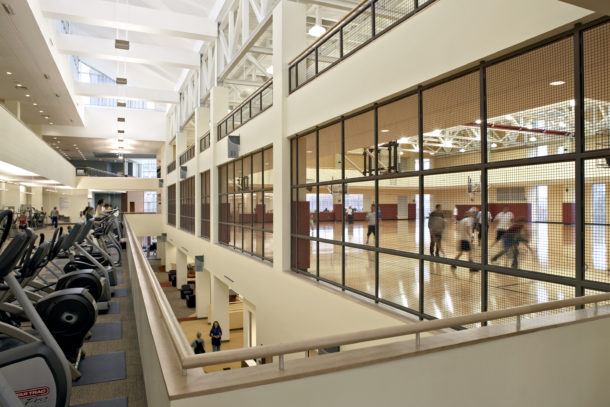
figure 4 | The “see through” aspect of rec center design promotes the vitality of the spaces and the many activities occurring simultaneously.
Rec Center design can play a key role in supporting the social aspect of student life by providing inviting lounge spaces. Lounges can be furnished with soft seating areas complemented with fireplace, televisions and wireless internet.
Opportunities exist within Rec Centers for colleges to use the facilities as environmental teaching tools. The students use of Cardio equipment can be utilized to convert to power that can be supplied to the buildings electrical system, creating further awareness of environmental sustainability.
Café’s can also be used to activate the space, adding to the enjoyment of the facility and encourage students to socialize.

figure 5 | A vital and active social life is part of the total collegiate experience and plays an ever increasing role in student retention. University need facilities and programs to promote social interaction.
With proper insight and forethought, building design can have a dramatic impact on the overall student experience.
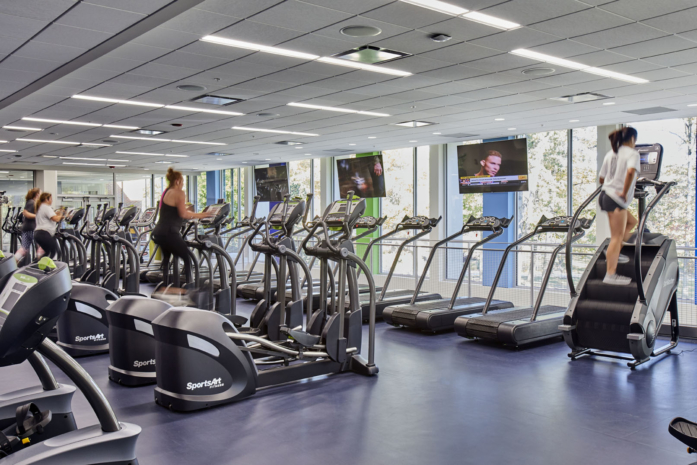
figure 6 | The cardio equipment generates power that can be supplied to the building’s electrical system.

